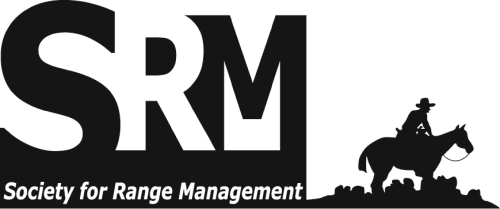Plant invasions are rapidly becoming an important threat to the conservation of wildlands. Understanding how potentially invasive plants are dispersed to new habitats is a critical step in the process of understanding such invasions. Our objective was to characterize the potential for long-distance transport of plant species in the digestive tract of horses along recreational trails. We sampled horse dung along the first 4 000 m of the Lower Piney River trail in the White River Forest of western Colorado. We evaluated the seed content of each sample by applying standard methods for soil seed bank analysis. We found 20 species and 564 seedlings. Twelve of the species were graminoids, 6 were forbs, 1 was a shrub, and 1 was a tree. The species were evenly divided between natives and aliens, but 85% of the seedlings were aliens. An average of 47 seedlings emerged per sample, but the range was from 4 to 192. Our results make it clear that horses, and very likely all pack stock used on recreational trails, represent a potentially important dispersal vector for alien plants into western wildlands. The Rangeland Ecology & Management archives are made available by the Society for Range Management and the University of Arizona Libraries. Contact lbry-journals@email.arizona.edu for further information. Migrated from OJS platform August 2020

Scholarly peer-reviewed articles published by the Society for Range Management. Access articles on a rolling-window basis from vol. 1, 1948 up to 5 years from the current year. Formerly Journal of Range Management (JRM). More recent content is available by subscription from SRM.